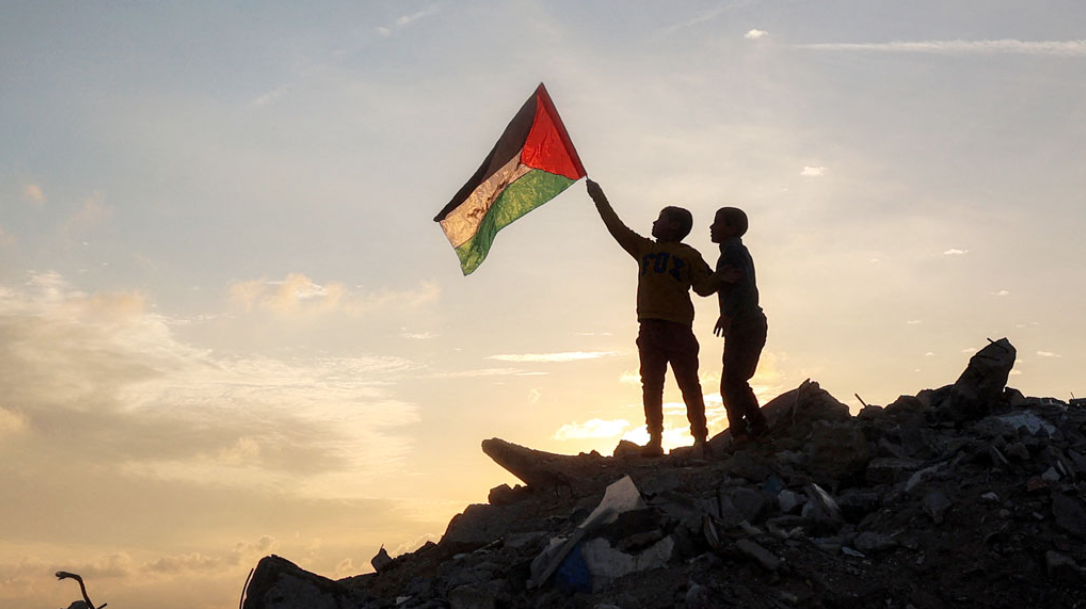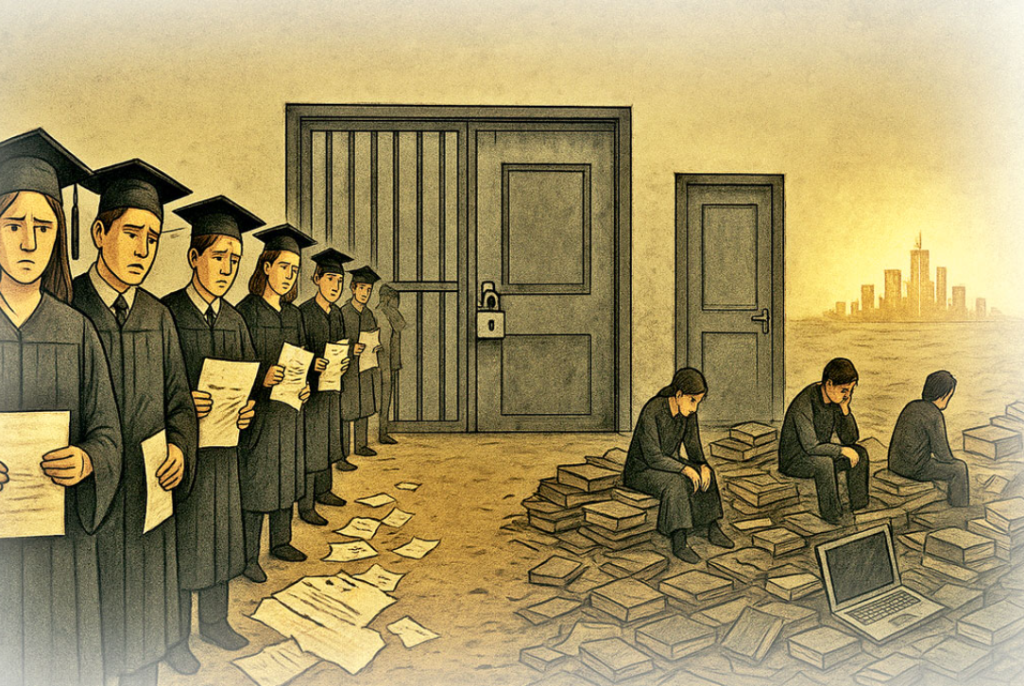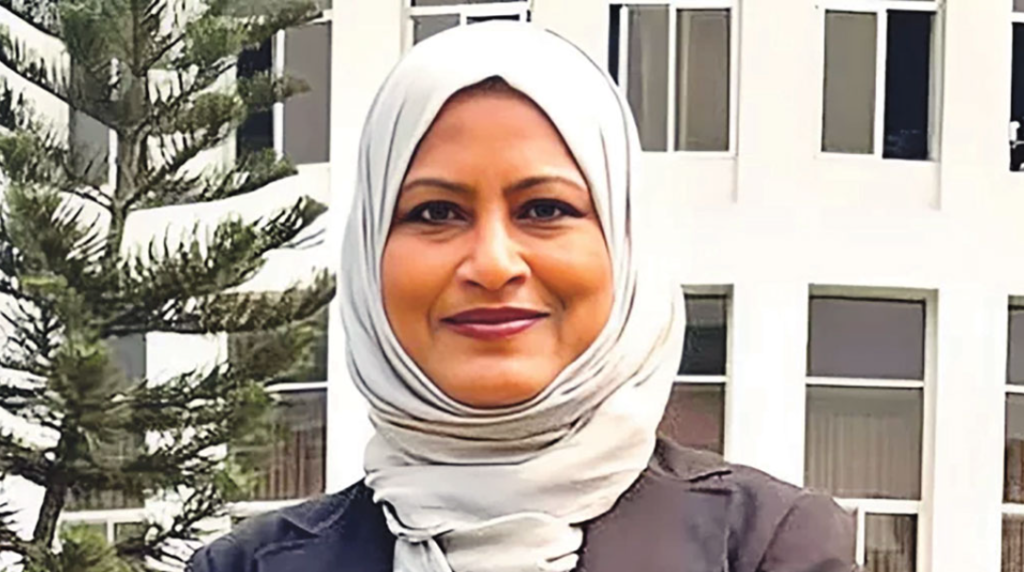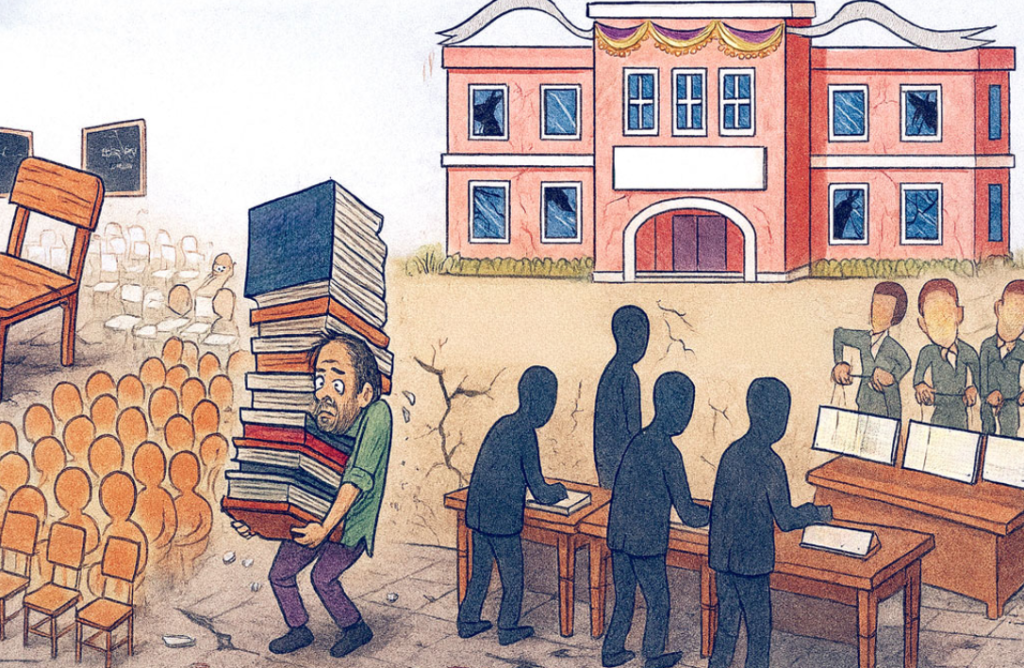Desk Report:
US President Donald Trump‘s proposed Gaza ceasefire and what Israeli Prime Minister Benjamin Netanyahu is willing to accept may not deliver what Palestinians have long hoped for, analysts say.
People on the ground may see the proposal as a welcome relief that Israel’s brutal offensive is coming to an end. But the offensive, which has been ongoing since October 7, 2023, has killed at least 66,055 people and injured 168,346. Analysts say that while Trump’s 20-point proposal promises to end the Israeli offensive, it does not actually deliver anything positive for the Palestinians.
“The process of ending this genocide is intertwined with a colonial approach,” said Diana Buttu, a Palestinian lawyer and analyst. Because, in this process, Israel, which is carrying out the genocide, and the United States, which is financing this genocide, will have the power to determine the future of the Palestinian victims of the genocide.’
Buttu was the legal advisor to the negotiating team for the achievement of Palestinian statehood from 2000-2005. He also said, ‘If you read the agreement, you will see that there is no guarantee for the Palestinians, not a single one. All the guarantees have been given to the Israelis.’
Attention in Gaza, but no clarity
According to the plan, the war in Gaza will stop, Palestinian prisoners held in Israel will be returned, regardless of whether they are alive or dead. In exchange, Israel will have to return the remains of hundreds of living and dead. After that, Hamas will hand over control of the Gaza Strip to the ‘Board of Peace’. Trump will be the chairman or president of this council. Former British Prime Minister Tony Blair will also be part of this international interim administration.
The proposal says that Hamas members in particular will be pardoned if they promise to “peaceful coexistence” in Gaza and lay down their arms. Others who want to leave Gaza will be given safe passage. In addition, the supply of aid to Gaza will resume, and Israeli troops will leave after meeting certain conditions. But it is not yet clear who will ensure their withdrawal. In addition, an economic revitalization plan for the territory will be developed, which will be implemented by experts who have built “prosperous modern cities” in the Middle East.
Hamas said they are currently discussing the plan. However, Trump warned that if Hamas rejects his proposal, Israel will have complete freedom to take any action it wants, and this will include US support. Human rights groups and scholars have already described Israel’s ongoing actions in Gaza as genocide.
“However, many questions remain unresolved,” said Muhannad Saleum, an assistant professor at the Doha Institute in Qatar. “For example, the Palestinian Authority is mentioned in the plan, but they have no role. A reform program must be completed first, and then the authority will take power.” Trump mentioned his 2020 peace plan and the Saudi-French proposal, but it is not clear which reforms he is referring to specifically.
The Palestinian Authority has been asked in the past to reform its administration, eliminate widespread corruption, change the education curriculum and change the social welfare system that supports the families of Palestinian prisoners. The authority has reformed the program to support the families of prisoners. However, despite those reforms, US Secretary of State Marco Rubio has criticized the Palestinian Authority for its old policies, according to a report in the Israeli newspaper The Times of Israel.
According to analysts, the Palestinian Authority will have to convince Israel and the United States that it has completed the reform process. They will not be able to rule Gaza until this is ensured. As a result, with no clear goal, the interim council led by Trump can rule Gaza indefinitely.
According to the plan, all aid to Gaza will be provided through the United Nations and the International Red Crescent. However, the proposal does not mention whether the infamous Gaza Humanitarian Foundation, which was formed a few days ago and supported by Israel and the United States, will be abolished. More than 1,000 Palestinians have died while receiving aid because of this foundation. Regarding this, Muhannad Sellum said, ‘This seems to be a hastily made agreement. It can be gradually completed during the duration of this agreement.’
What is the current situation of the recognition of the state of Palestine
On September 21, Canada, Australia and the United Kingdom recognized Palestine as a state. After that, some other European countries, such as France and Portugal, have also followed suit. Although world leaders have respected the ‘two-state solution’, analysts say that this recognition is basically just a tactic to save face.
The international community often talks about a two-state solution for Israel and Palestine. On September 12, the UN General Assembly passed a resolution that favors the revival of the two-state solution. However, analysts believe that the ‘two-state solution’ bears little relation to reality. The question is – even if the two-year-old Israeli genocidal campaign in Gaza is temporarily halted, what will the shape of the Palestinian state be?
When it comes to a Palestinian state, the idea usually comes to mind of a state formed in the Gaza Strip and the West Bank with East Jerusalem as its capital. But these territories are gradually being fragmented due to Israeli settlement policies. Illegal Israeli settlements are growing in the occupied West Bank, further narrowing the prospects for a future Palestinian state, and the international community is tacitly agreeing to the issue.
This was the reality even before Hamas’s attack on Israel in October 2023. And since the attack, restrictions on Palestinian movement, land grabbing, settlement expansion, settler and military violence against Palestinians, and home demolitions have accelerated.
Before the Israeli invasion of Gaza, the Gaza Strip was the largest uninhabited area of the Palestinian state. However, people in Gaza could not go to the West Bank, and people in the West Bank could not go to Gaza. Israel had made it difficult to leave the Palestinian territory. Now it has become even stricter.
Now analysts are expressing concern that Trump’s plan will further isolate Gaza from the West Bank and East Jerusalem. The plan only briefly mentions “a possible credible path for Palestinian self-rule and statehood.” Which, in turn, is dependent on the implementation of the Palestinian Authority’s vaguely outlined reform plan.
In light of the reality on the ground and the recent recognition, the question arises as to whether there is anything left for the formation of a Palestinian state? Buttu said, “That is the million-dollar question. Everyone is recognizing Palestine, but it is being gradually erased from the map and that is the big problem.”
Trump’s plan also makes Palestinian independence dependent on the goodwill of outside parties. If Israel does not withdraw from Gaza, the Palestinians will have no choice. Netanyahu has vowed repeatedly to thwart any attempt to establish a Palestinian state.
A day before the UN General Assembly passed a resolution supporting a two-state solution, Netanyahu signed an agreement to move forward with a settlement project to isolate the West Bank, saying, “There will be no Palestinian state.”
Analysts believe the deal depends on two things: one. Netanyahu’s goodwill and two. U.S. assurances that Israel will abide by the deal. Analysts are skeptical that it will be implemented, given Netanyahu’s history of thwarting the peace process and repeatedly deepening the occupation. Muhannad Saleum said the deal was “implementable on paper, but experience shows that many things are unclear.”
The Palestinians have faced such a situation with Israel before. The Oslo Accords signed between Israel and the Palestine Liberation Organization (PLO) were supposed to lay the foundations for a possible Palestinian state in the early and mid-1990s. But little progress has been made since the second accord was signed in 1995.
Analysts say Israel has repeatedly thwarted Palestinian statehood efforts by increasing Tel Aviv’s control over Palestinian land, and after two years of genocidal campaign, the situation looks worse. “This is worse than Oslo. At least there was a voice for the Palestinians in Oslo. Now, all Palestinian voices have been silenced in this agreement. We are back to the era when others speak for us.’
Trump met with Arab and Islamic leaders on September 23 to discuss his plan, but not with any Palestinian leader. Meanwhile, the US has placed the onus on the Palestinians to end the war in Gaza. Trump has threatened that if Hamas does not accept such a deal, Israel’s genocide will continue and possibly intensify.
Buttu said, ‘The fact that the genocide has been going on for two years is the big problem and… the bigger problem is that the Palestinians themselves are being forced to negotiate to end the genocide they have imposed on themselves, on terms set by others.’
Translated by Ajker’s associate editor Abdur Rahman




